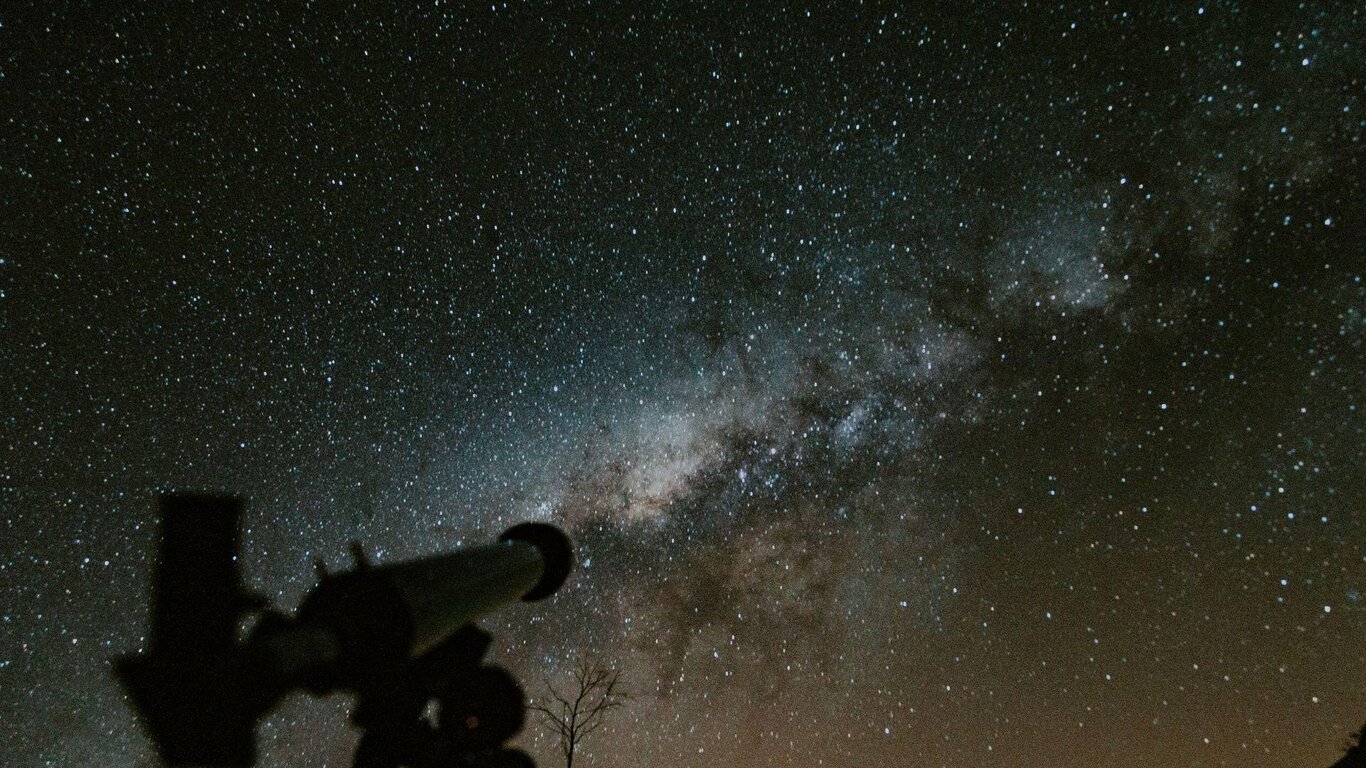De Forma Mentis
ValbellunaExhibition for the 110th anniversary of the Great War
Discover more
Saturday, November 1 at 9 PM Saturn Evening Speaker Gabriele Vanin For several weeks now, the beautiful Saturn has been clearly visible with the telescopes of the Astronomical Center. However, on November 1, in particular, it will reach its highest point, making it better observable, right during the opening hours of the Center. Compared to previous years, it will be much higher on the horizon, allowing for a calmer atmosphere for observation. This year, the presentation of the rings is particularly unique, almost edge-on, providing an unusual perspective that can only be admired every 15 years.
This presentation also favors the best visibility of its nine moons, which can be seen with the telescopes of the Center. After the observation, a conference will be held to take stock of what we know about the Saturn system, its 12 ring systems, and its 274 moons, accompanied by many spectacular slides and several sensational videos. The Moon will also be well visible, featuring the Sea of Tranquility and the Gulf of Rainbows, the Sea of Humors, and the Gassendi crater, as well as the Schiller, Scheiner, and Blancanus craters. The satellite will also be shown in high resolution and projected through the Center's planetary cameras.
Saturday, November 8 at 9 PM The Evolution of Stars Speaker Dr. Ric. Alain Jody Corso One of the most interesting topics in astronomy is how and where stars are born, how they live, how they end their existence, what the differences among them are, and how these differences determine their fates. This is a field where new discoveries are continually being made, which our speaker will keep us informed about. Saturn and the Moon will once again dominate the observation. The latter, in particular, in its waning phase, will show unusual landscapes such as the craters Hercules and Atlas, Macrobius and Taruntius, Magelhaens and Columbus, Santbech and Reichenbach, Rheita, Metius, and Fabricius, Pitiscus, Hommel, and Vlacq.
Saturday, November 15 at 9 PM The Campaign for the Pleiades Speaker Gabriele Vanin Undoubtedly, the Pleiades are one of the most beautiful celestial objects, perhaps the most beautiful and evocative in the entire sky. Their characteristic shape, unusual composition, subtle yet evident brightness, never fail to impress even those approaching the sky for the first time or even those casually glancing at the firmament. All this is accompanied by intriguing and mysterious traits, encompassing various aspects, including those relating to their names. One of the most fascinating mysteries is the fact that all ancient sources state that sometimes six Pleiades can be seen with the naked eye, other times seven. This has fueled the so-called Legend of the Lost Pleiad, present in many cultures around the world. To try to understand the foundations of this myth, visitors will be invited throughout the autumn-winter to draw on a sheet all the Pleiades they can see with the naked eye in their correct positions. Naturally, the stars will also be observed through telescopes where they will appear even more spectacular. Other deep-sky objects will be shown such as the Double Cluster in Perseus, the Andromeda Galaxy, and again the planet Saturn.
At the planetarium, there will be further discussions about the Pleiades, providing much information on the mythology and astronomy of this wonderful object.
Saturday, November 22 at 9 PM Are the stars fixed or moving? Speaker Gabriele Vanin An evening predominantly based on naked-eye observation, focusing on fun and conducted in the usual interactive manner with young visitors, particularly suited for children in fourth and fifth grade and middle school, aiming to stimulate the observation of rhythms and natural phenomena, to try to overcome the schematism often inherent in our approach to things, and to help keep an open mind towards phenomena that initially seem at least improbable. There will also be an opportunity to observe the sky through the telescope, the planet Saturn, and deep-sky objects such as the globular cluster M 15, the open cluster M 52, and the edge-on spiral galaxy NGC 891, which can also be projected onto a giant screen in the observatory and at the planetarium via the Schmidt telescope and the cooled electronic camera.
Saturday, November 29 at 9 PM Astronomers' Evening At the end of the month, the usual free entry evening will take place, dedicated to everyone who wants to familiarize themselves with the use of the Center’s instruments, or even bring their own telescope and have it explained to them how to use it. In case of bad weather, visitors can still ask for guidance on the operation of their instruments indoors.
If the weather is nice, the Moon will also be observed, around the first quarter, with the Mare Imbrium, Cognitum, and Nubium, as well as the craters Copernicus, Bullialdus, Longomontanus, and Clavius being particularly visible.
Admission €5, free for members and children up to 11 years old. Reservation is not necessary. Punctuality is recommended.
Associazione astronomica Rheticus
Exhibition for the 110th anniversary of the Great War
Discover moreThree meetings on literature, economy, and local history
Discover moreConcerts and conferences
Discover moreItaly and France: intertwined stories, boundaries to be rethought
Discover moreMusical project in 4 events
Discover moreVery rich calendar with the Pro Loco Fonzaso APS
Discover moreFrom December 5th to 8th, the Queen of the Dolomites lights up for the 15th edition of an iconic event that celebrates Made in Italy.
Discover moreGrazie: ti abbiamo inviato una mail per attivare la tua iscrizione e selezionare le tue preferenze se previsto.
Retry